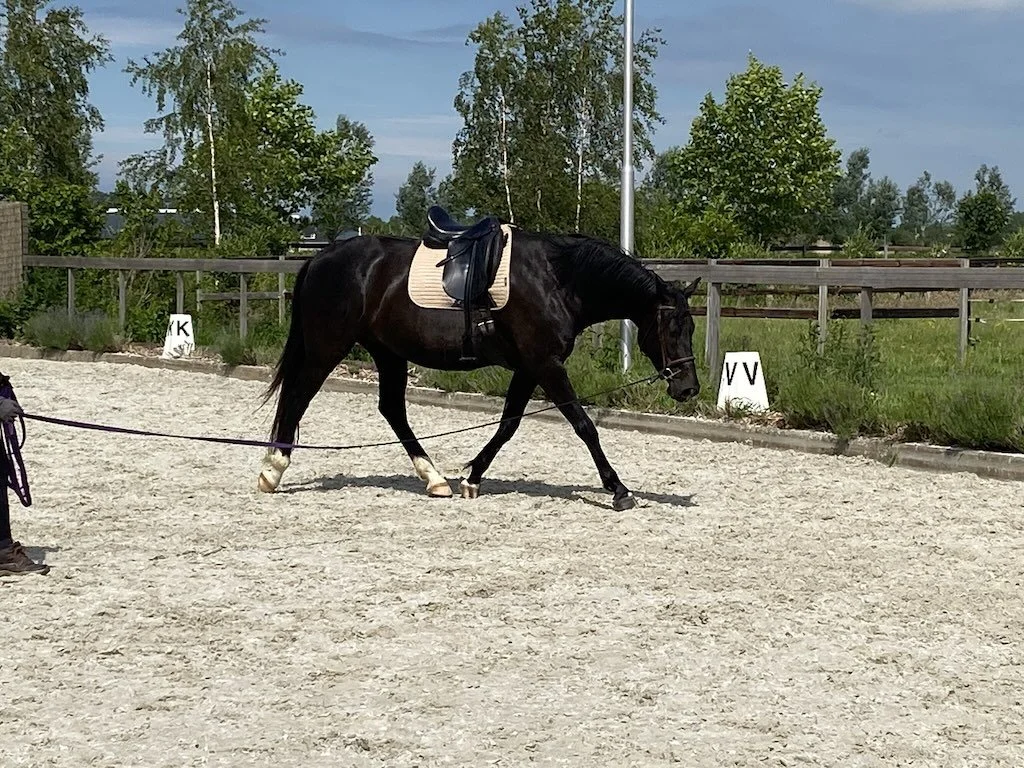How often should you get your saddle checked?
Saddle fit is crucial to soundness and performance, so make sure to get your saddle checked regularly by a qualified professional.
Finding a good saddle can be a daunting task, but we owe it to our horses to make their work as comfortable as possible.
Finding the right saddle for your horse can be a daunting task. Fitting a piece of non-living material onto living tissue in a way that doesn't cause problems is a big challenge. To make matters even more frustrating, finding a good saddle that fits doesn't mean it will still fit in six months, a year, two years. If we want to avoid problems, getting the saddle checked regularly is a must.
The horse's back is a living structure that changes and develops over time, so it makes sense that the same saddle won't fit after a year or two of regular training. When starting off with a young horse, I recommend building some muscles before getting a saddle. In the first six months or a year of training, the muscles will change a lot, so it makes sense to wait for that to happen. Obviously, this means no riding in the initial stages of training, but that's not necessarily a bad thing. Most horses today are hypermobile and need to develop a great deal of stabilizing ability before they can safely carry a rider. So not having a saddle for the first six months of work is not the worst thing in the world for the horse. After that initial stage, get a good saddle fitter out. Make sure they observe the horse both standing still and while moving. Be sure to get a saddle that fits the rider as well. If the saddle fits the horse but not the rider, the rider will have a harder time finding balance in the saddle, which means the horse will have a harder time staying balanced.
The saddle should be assessed both while standing still as well as when moving.
How often the saddle should be checked after that will depend on a few different factors. Some horses change shape faster than others. Some progress in their training faster. Generally, the saddle should be checked every time the horse and rider go up a level. For example, doing more lateral work will tend to develop a different set of muscles than straight work in all gaits, so it's important to re-assess saddle fit when the workload starts to change. Taking some time off work can lead to loss of muscle mass, so the saddle needs to be checked again before returning to work. This is especially important if the horse had some time off due to an injury. Even if the horse is in very consistent, regular work with no major changes, it's a good idea to have the saddle looked at once a year, just to make sure the saddle itself hasn't changed shape.
Any kind of changes in the balance of the feet or any issues with the back should be a red flag too. This is where cooperation between different professionals is crucial. If your trimmer or farrier points out an unexpected change in hoof balance, it might be time to check the saddle. If your bodyworker notices any tension or problem areas that seem unusual, check the saddle. It's always better to err on the side of caution and check saddle fit too often than not often enough. We owe it to our horses to make sure they can work comfortably and pain free.

